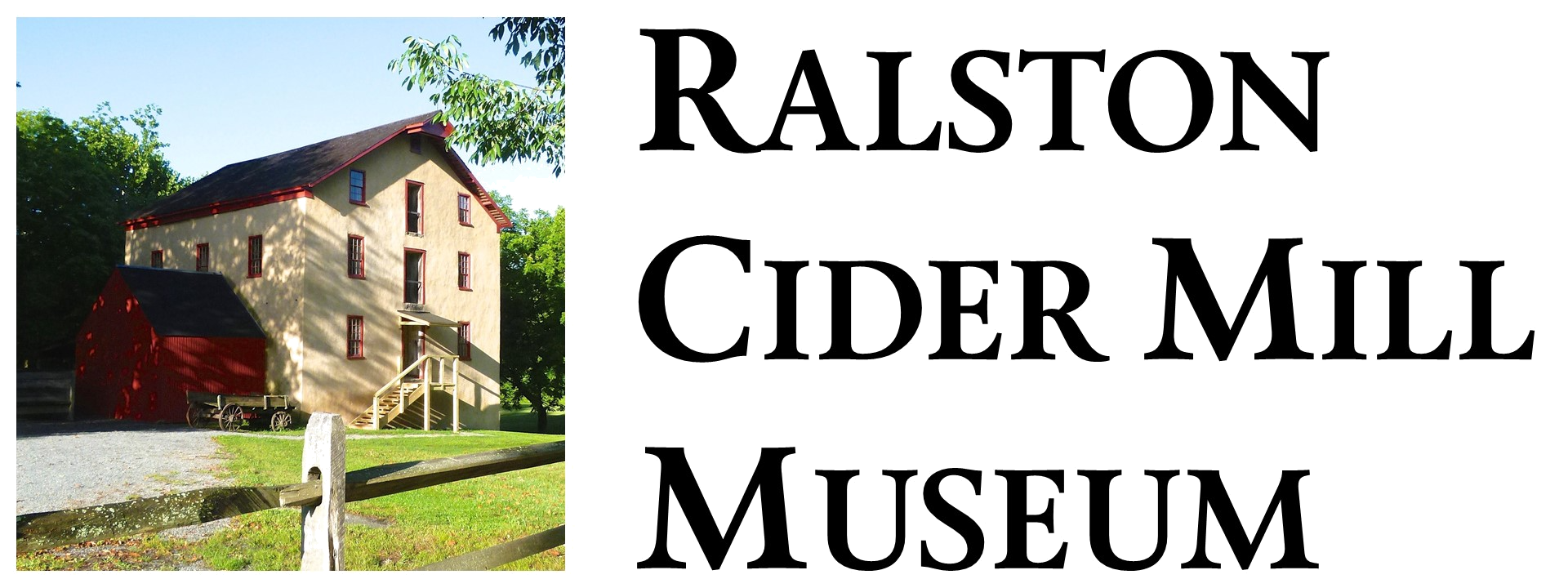Sweet Cider, Hard Cider, and Applejack
What is the difference between
sweet cider, hard cider, and applejack?
The opaque, brown, unadulterated juice that comes from pressing fresh apples is known as sweet cider. This is not to be confused with “apple juice” that is found in grocery stores, which is often filtered, heated for pasteurization, sweetened, powderized, reconstituted, and treated with preservatives. Sweet cider is 100% juice fresh from the fruit.
When yeast breaks down the sweet cider’s sugars into alcohol, the cider becomes “hard.” While cidermakers and brewers may add their own yeast (often winemaking yeast), there are also natural yeasts in the air and on the surface of the apple that will initiate the same process. Fresh, untreated sweet cider will ferment fully in one to two weeks, depending on the conditions, usually to between 4% and 8% abv.
When hard cider is taken and run through a still (often two times), it becomes distilled apple brandy, or applejack. Generally ranging between 70 and 100 proof, New Jersey has had a reputation for producing the finest applejack for centuries.
